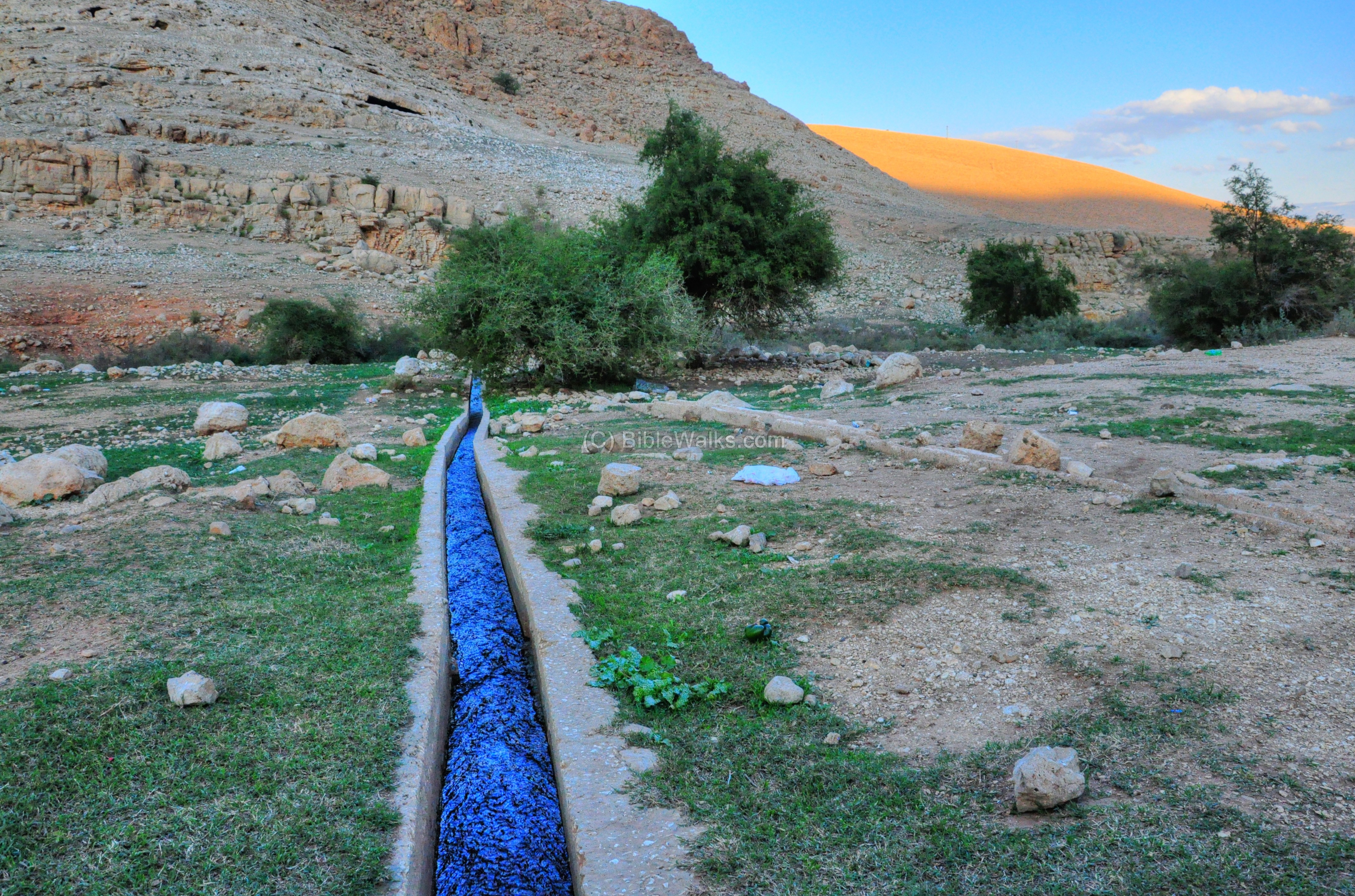The Idol-Crushing King
Little children keep yourselves from idols (1 John 5:21)*
If the heart of man is, as John Calvin described it, “an idol making factor,” then the way in which those idols are destroyed should be of utmost importance to us. The Bible is replete with references to idolatry because it was written with the purpose of confronting and providing the remedy for it. The idolatry of Israel is evident on the pages of the Old Testament revelation no less than the idolatry of the Gentile nations. No sooner did God deliver His people from the bondage of the idolatrous Egyptians that they made an idol at the foot of the mountain to which He had brought them to worship. The New Testament writers also bear witness to the pervasive sin of idolatry. In his letter to the church in Rome, the Apostle Paul taught that men, by nature, exchange the truth of God for a lie, and worship and serve the creature rather than the Creator. He reminded the church in Thessalonica that they had turned to God from idols to serving the living and true God, and to wait for His Son from heaven; and he exhorted the Colossians to put off covetousness, which is idolatry. In similar fashion, the Apostle John closed his first epistle with the admonition: Little children keep yourselves from idols.
Throughout Israel’s history, a recurring act symbolized the means by which God would remove the idolatry of His people. When Moses found the people worshiping the golden calf at the foot of the mountain He took the calf which they had made, burned it in the fire, and ground it to powder. He then scattered it on the water. (Exodus 32:20). When he recounted the act, he explained that he threw the dust of the idol into a nearby brook (Deut. 9:21). The burning, crushing and grinding of the idol represented the judgment of God against sin. The act of throwing the dust of the idol into the brook almost certainly represented the removal of it from the people, as well as from the presence of God. Like the goat being sent into the wilderness, this act prefigured God’s promise to put the sins of His people away from His presence.
Moses’ symbolic act became a paradigm for the subsequent acts of the righteous kings of Israel. Each of these kings removed idols from the land in a manner similar to that of Moses. King Asa cut down the idol that his grandmother set up and burned it by the Brook Kidron. (1 Kings 15:11-13). King Josiah brought out the wooden image from the house of the LORD, to the Brook Kidron outside Jerusalem, burned it at the Brook Kidron and ground it to ashes. He “broke them down and pulverized there, and threw their dust into the Brook Kidron” (2 Kings 23:4-6, 12). Under the reign of King Hezekiah the priests went into the inner part of the house of the LORD to cleanse it, and brought out all the debris that they found in the temple of the LORD and carried it to the Brook Kidron and they took away all the incense altars and cast them into the Brook Kidron. (2 Chronicles 29:16; 30:13).
While these kings are remembered for destroying idols from the land of Israel, none of them could purge the hearts of the people. The righteous kings of Israel may have temporarily purged the land of idols, but King Jesus removes them from our hearts forever. As He made His way to Calvary, Jesus crossed over the Brook Kidron (John 18:1) to symbolize everything He had come to do. He was burnt, crushed and ground by the wrath of God on the cross. Matthew Henry observed:
The godly kings of Judah had burnt and destroyed the idols they found at the brook Cedron. Into that brook the abominable things were cast. Christ, being now made sin for us, that he might abolish it and take it away, began his passion by the same brook.
Jesus Christ is the solution to our idolatry. God the Son took to Himself flesh and blood, so that He might bear the penalty for our idolatry in His own body on the tree. Then He rose bodily from the dead. God the Father now commands us to worship the God-Man, Jesus Christ. By opening his first epistle with a defense of the Person and work of Christ (I John 1:1-2:1) and closing it with the warning, Little children, keep yourselves from idols (5:21), the apostle John taught that Jesus is the cure for our idolatry. Adolphe Monod explained the mystery of this truth in a most profound way:
I strive to live in the communion of Jesus Christ praying to Him, waiting for Him, speaking to Him, hearing Him, and, in a word, constantly bearing witness to Him day and night; all which would be idolatry if He were not God, and God in the highest sense of the word, the highest that the human mind is capable of giving to that sublime name.
What idols are you harboring in your heart? Are you giving affections and labors to created things? How are we to keep ourselves from idols? The remedy is only to be found in the Person and finished work of Christ. He has destroyed the idols of His people, once and for all, by His death on the cross. Our sins have been washed away in His blood. He has cast them into the depths of the sea, even as the righteous Kings casts the crushed idols into the Brook Kindron. Praise God for His righteous King and His righteous rule in our hearts!
*This article is a modified version of the March 2011 weekend devotional published in Tabletalk Magazine.




Pingback : Tweets that mention The Idol-Crushing King - Feeding on Christ -- Topsy.com